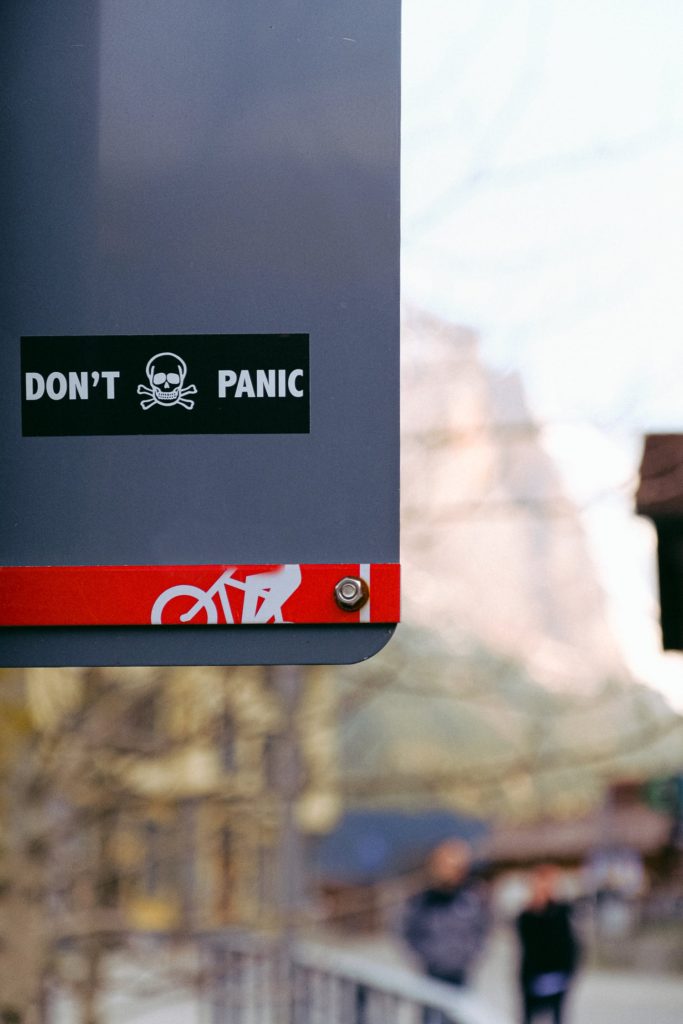A recent article on TheHill.com brings up some good points about COVID-19.

The article brings up several major points.
- The overwhelming majority of people do not have any significant risk of being hospitalized or dying from COVID-19. Looking at data from New York which was hardest hit in our country and in many ways an outlier (most assume this is due to very high population density)… those 18 and under had a hospitalization from the virus is 0.01% per 100,000 people; for those 18-44 years old, hospitalization is 0.1% per 100,000. People 65 to 74 had a 1.7% per 100,000 hospitalized. Dr. Leora Horwitz of NYU Medical Center concluded “age is far and away the strongest risk factor for hospitalization.” These are hospitalizations, not deaths. It’s also imprtant to note that these figures are probably much lower because as we’re seeing now – the infection is much more widespread than anyone realized.
- Most cases are very mild. From the article “Even early WHO reports noted that 80% of all cases were mild, and more recent studies show a far more widespread rate of infection and lower rate of serious illness. Half of all people testing positive for infection have no symptoms at all. The vast majority of younger, otherwise healthy people do not need significant medical care if they catch this infection.”
- “Herd” immunity is prevented by lock downs and total isolation policies which prolongs the problem. Extending whole population isolation prevents widespread immunity from developing.
- People are dying because other medical care is not getting done due to fear of covid-19. The article talks about some of these including that an estimated 80% of brain surgery cases have been put on hold and many cancer treatments have been missed.
- The article mentions that we should protect the high risk groups in order to reduce their risks. This should be a very high priority.
Why have estimates been so far off?
The virus is new, so little was known initially about it or the disease.
What’s happened is that initially, no one knew anything about the virus.
Initial projections were based on best guesses from the very limited data that was available.
Every day experts are learning more about the virus and what is happening.
This has led to constant improvements in predictions about complications and deaths.
The challenge is that we, as a people, were absolutely hammered with the message that we are all going to die and it is in fact doomsday.
This messaging that was omnipresent created a lot of fear and anxiety.
The media is always trying to create headlines that are inflammatory regardless of the issue. It happened with the virus just like it does everywhere else.
The truth is that based on many recent population tests, the virus is far less of a threat to most people than we were initially told.
It is also true that some people are at greater risk, particularly the elderly and some people with chronic disease(s). It should be noted that these people are at a greater risk. The flip side is that even in these groups, most people recover.
Finally, the most important thing is that none of us can control what happens with the virus or even what the government decides to do.
The virus situation is truly a lose-lose scenario.
There will be people that suffer and people that die as a result of the virus and the economic impact.
It appears that most people will be ok even if they get the virus. Those same people are losing their livelihood, their income, their businesses, and more… so they have reason to be very concerned about their future.
There are also people in high risk groups that are very concerned about getting the virus because of their personal risks. The reality is that there isn’t a great solution.
Certainly we can not just stay in lock down for too long because the impact will cause much more devastation than the infection itself.
Again, many of these things are out of our individual control.
What we can control is what we each do every day.
Certainly right now, more than ever, focus on improving your health.
This is the best way to be proactive and reduce your risks of any health problem now or in the future.
Reference:
https://thehill.com/opinion/healthcare/494034-the-data-are-in-stop-the-panic-and-end-the-total-isolation
 Protected by Patchstack
Protected by Patchstack
Leave a Reply